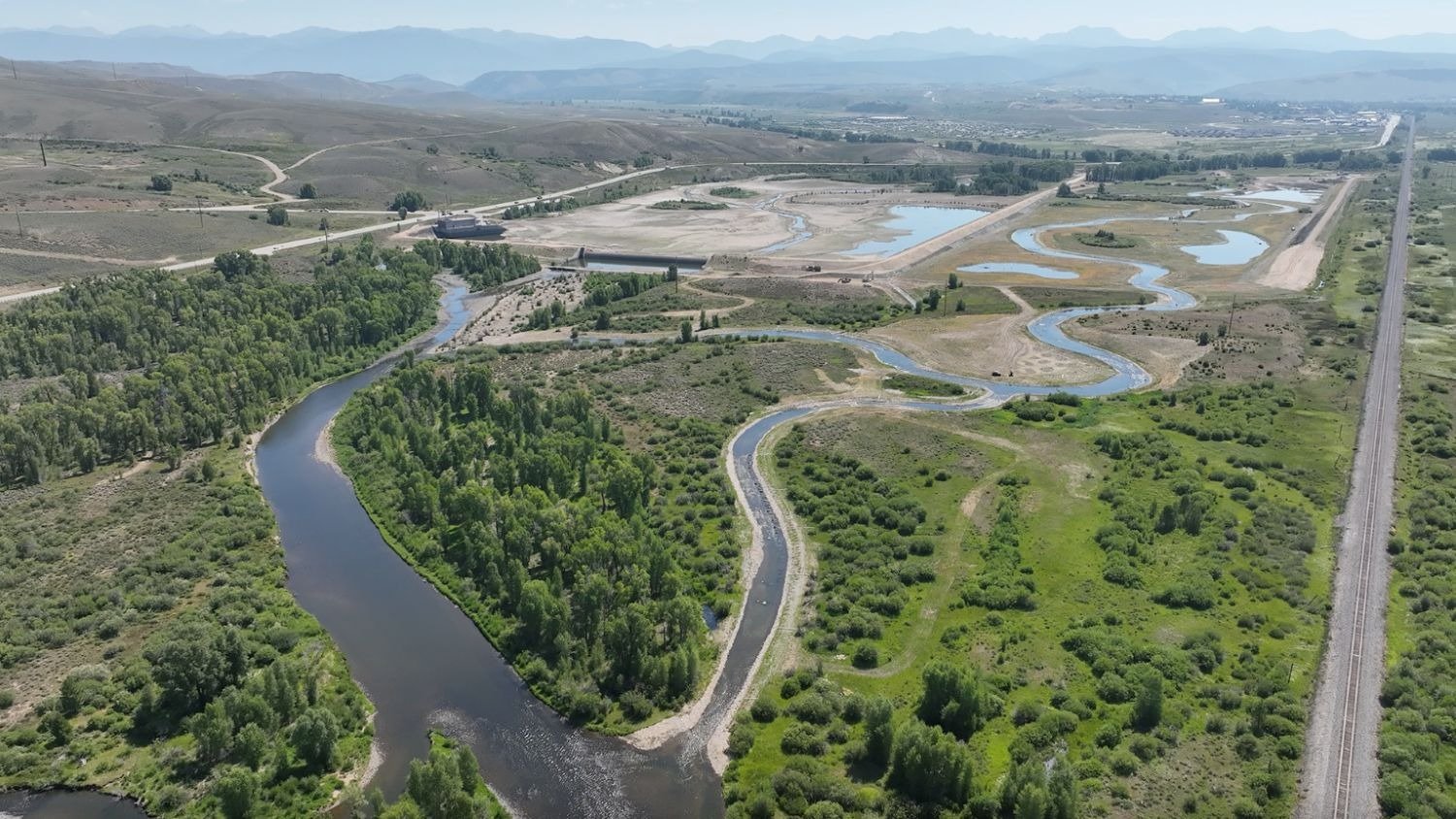EPA, Corps propose new rule to protect water quality
The Environmental Protection Agency and US Army Corps of Engineers today announced a new proposed rule that would help ensure protection for many Colorado streams whose status - as protected or not protected under the Clean Water Act - has been in doubt since two troubling Supreme Court decisions upset long-standing definitions for what constituted "Waters of the United States". As many as 76,000 miles of stream in Colorado - 75% of our total, including most headwater areas - were facing an uncertain future. We are in the process of reviewing the guidance, but it appears that most of these will be protected under the proposed rule. Below is the notice we received from EPA's regional office describing the proposal:
Dear Region 8 Clean Water Stakeholder:
I am sending this message on behalf of Regional Administrator Shaun McGrath. The U.S. Environmental Protection Agency (EPA) and U.S. Army Corps of Engineers (Army Corps) today jointly released a proposed rule to clarify protection under the Clean Water Act for streams and wetlands that form the foundation of the nation’s water resources. The Clean Water Act is the nation’s foremost water quality and wetland protection law. The clarifications in the proposed rule will benefit industry, business, and government by increasing clarity and efficiency in determining coverage of the Clean Water Act.
Determining Clean Water Act jurisdiction over streams and wetlands became confusing and complex following Supreme Court decisions in 2001 and 2006. For nearly a decade, members of Congress, state and local officials, industry, agriculture, environmental groups, and the public asked for a rulemaking to provide clarity.
The proposed rule does not protect any new types of waters that have not historically been covered under the Clean Water Act and is consistent with the Supreme Court’s more narrow reading of Clean Water Act jurisdiction.
The proposed rule preserves the Clean Water Act exemptions and exclusions for agriculture. Additionally, EPA and the Army Corps have coordinated with the U.S. Department of Agriculture (USDA) to develop an interpretive rule to ensure that 53 specific agricultural conservation practices that protect or improve water quality will not be subject to Clean Water Act Section 404 permitting requirements. The agencies will work together to implement these new exemptions and periodically review and update USDA’s Natural Resources Conservation Service (NRCS) conservation practice standards and activities that would qualify under the exemption.
The health of rivers, lakes, bays, and coastal waters depends on the streams and wetlands where they begin. Streams and wetlands provide many benefits to communities – they trap floodwaters, recharge groundwater supplies, remove pollution, and provide habitat for fish and wildlife. They are also economic drivers because of their role in fishing, hunting, agriculture, recreation, energy, and manufacturing.
About 60 percent of stream miles in the U.S (significantly higher in some Region 8 states) flow only seasonally or after rain, but have a major impact on the downstream waters. Approximately 117 million people – one in three Americans – get drinking water from public systems that rely in part on these streams. These are important waterways for which EPA and the Army Corps are clarifying protection.
The agencies are launching a robust outreach effort, holding discussions around the country and gathering input needed to shape a final rule. The proposed rule will be open for public comment for 90 days from the date of publication in the Federal Register. We look forward hearing your views on this proposal. Please find information about providing comment at: www.epa.gov/uswaters.
With respect to Region 8, the clarifications provided by this rule will lead to better protection of waters that are critical to the welfare of the people in our states of Colorado, Montana, North Dakota, South Dakota, Utah and Wyoming.
- The proposed rule will provide direction on the application of the definition of “waters of the U.S.” to streams and adjacent wetlands in the upper reaches of watersheds where small tributaries may have only seasonal flow. When wetlands and headwater streams are filled or damaged, the risk of flooding increases, and drinking water supplies, wildlife habitat and recreation opportunities can be significantly impacted.
- The vast majority of the population in Region 8 is dependent on public drinking water systems that rely on high quality streams that do not flow year round. (Montana 67% of the population; 96% in Utah; 98% in Colorado and Wyoming; 100% in North and South Dakota).
- In Region 8, 77% of streams do not flow year round and wetlands make up only 2-3% of the land area, yet these streams and wetlands provide important habitat for wildlife and waterfowl, and harbor many plant species that could not survive in the surrounding terrestrial landscapes. For example, Colorado streams and wetlands provide habitat and benefits to an estimated 75% of the state’s wildlife and waterfowl.
- Flood events have recently led to significant economic losses, especially in Colorado and parts of the Northern Great Plains states. Wetlands act as sponges that filter and store water, alleviating the frequency and intensity of floods.
For more information visit www.epa.gov/uswaters.







